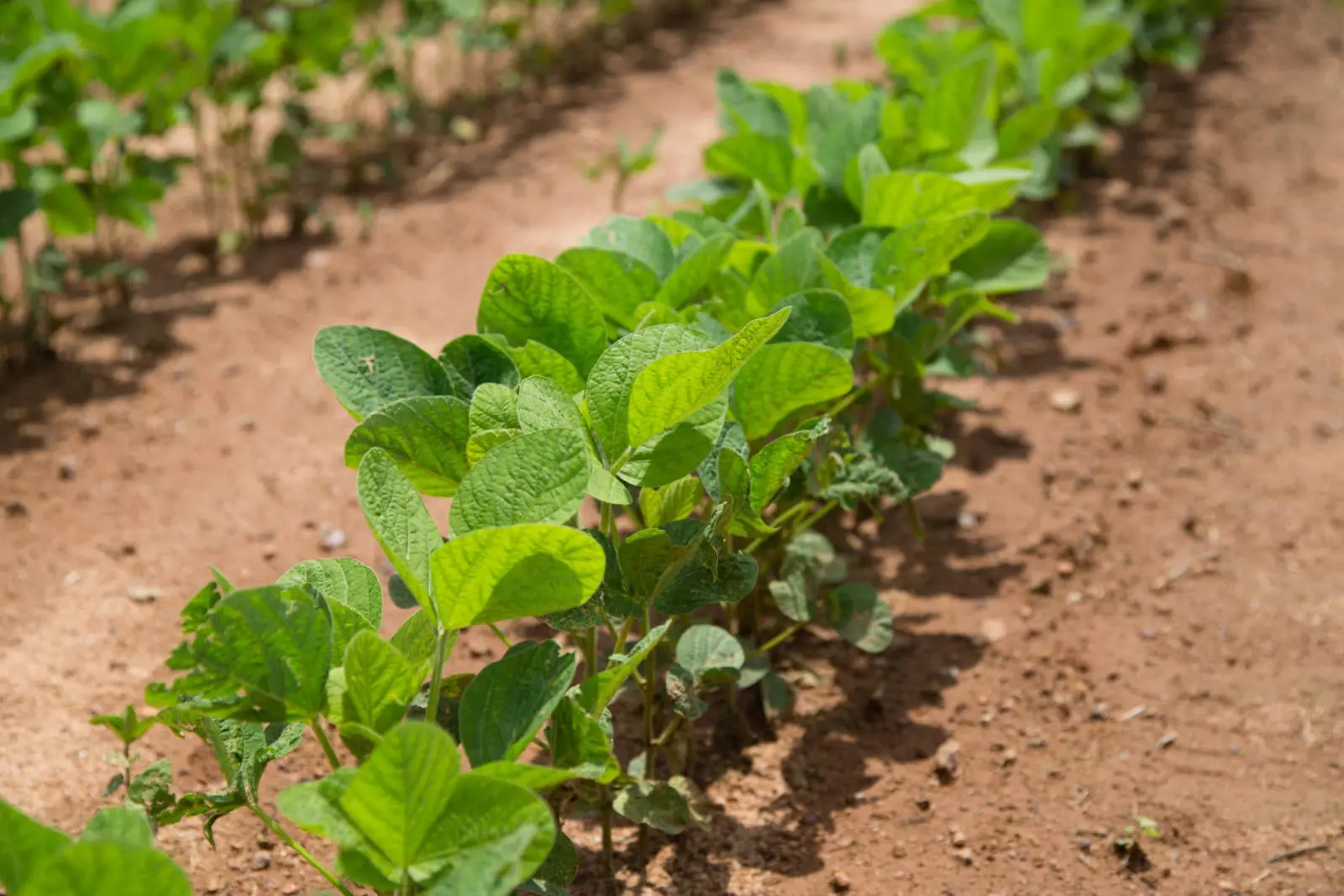For the past month, it has rained almost every third day in our area of Arkansas, in the south-central U.S. That has been just enough to make it hard to get into the field. For example, we’ll still getting our soil samples for this spring.
But we’ve finally been able to start planting rice in the past week. Then we will start planting our soybeans. It’s important to plant soybeans early for better yields, and we are optimistic that we will plant earlier than average this year.
However, farmers in our area have a growing concern about the availability of seed and inputs like fertilizer this spring during the COVID-19 outbreak. In our areas, most farmers rely on just-in-time seed delivery, where suppliers deliver seed directly to their fields as they need it. Many don’t have storage to keep seed like many other parts of the U.S. Many farmers in this area are figuring out how to get inputs now so they are ready when needed, and we are also committing to the inputs we will need mid- and late-season. We want to manage the potential long-term impacts of the coronavirus pandemic on the global ag input supply chain, which includes fertilizers and pesticides from Asia.
On our farm, we can plant rice in just three or four days of good weather. To plant all our soybeans, we need about 3 weeks of good weather. We rarely get that continuously, so we will be planting for the next several weeks. Our planter follows our tillage equipment through the field. That tillage creates seedbeds to plant into. It also smooths fields and creates furrows that allow for irrigation later in the season.
 We plant all our soybeans so they can be cleaned and sold as soybean seeds to Eagle Seed Company customers next year. Because of that, we need extra time to thoroughly clean our planter between each soybean variety. We usually plant about 20 varieties that span from Maturity Group III to Maturity Group VIII. These categories describe how a soybean variety responds to the day length, or the amount of light available, as it flowers and fills its seed pods.
We plant all our soybeans so they can be cleaned and sold as soybean seeds to Eagle Seed Company customers next year. Because of that, we need extra time to thoroughly clean our planter between each soybean variety. We usually plant about 20 varieties that span from Maturity Group III to Maturity Group VIII. These categories describe how a soybean variety responds to the day length, or the amount of light available, as it flowers and fills its seed pods.
My son Cody and my brother-in-law focus on planting the farm, while my wife Joyce and I focus on research for Eagle Seed Company. I enjoy both planning and planting our research plots, though it’s a complex process.
As a soybean breeding company, we conduct many side-by-side trials in our research plots. We plant thousands of plots in a 28-hectare, or 70-acre, field. Each plot is about 1.8 meters, or 6 feet, wide and 6 meters, or 20 feet, long. We have a 2-row and a 4-row research planter, and a 1.5-meter, or 5-foot, drill. These pieces of equipment are customized to allow for a researcher to ride on the back of the planter to pour in seed packets containing the correct seed variety for each plot.
 In our breeding research, we continuously select for agronomic characteristics that work well for farmers in our region while providing characteristics like high protein, high sugar, a clear hilum (the scar or mark where the bean was attached to the seed pod), or specific soybean sizes required by our end users.
In our breeding research, we continuously select for agronomic characteristics that work well for farmers in our region while providing characteristics like high protein, high sugar, a clear hilum (the scar or mark where the bean was attached to the seed pod), or specific soybean sizes required by our end users.
The research field has a GMO section and a non-GMO section, as we do research with all types of soybeans. We also plant soybeans from all maturity groups, because we collaborate on many different research projects. For example, this year we are working with a researcher from the University of Minnesota, more than 1,240 km, or 770 miles, north of us.
Both for the farm and the seed company research, our goal is to get as much planting done as soon as possible. And that will keep us all very busy for the next few weeks.

